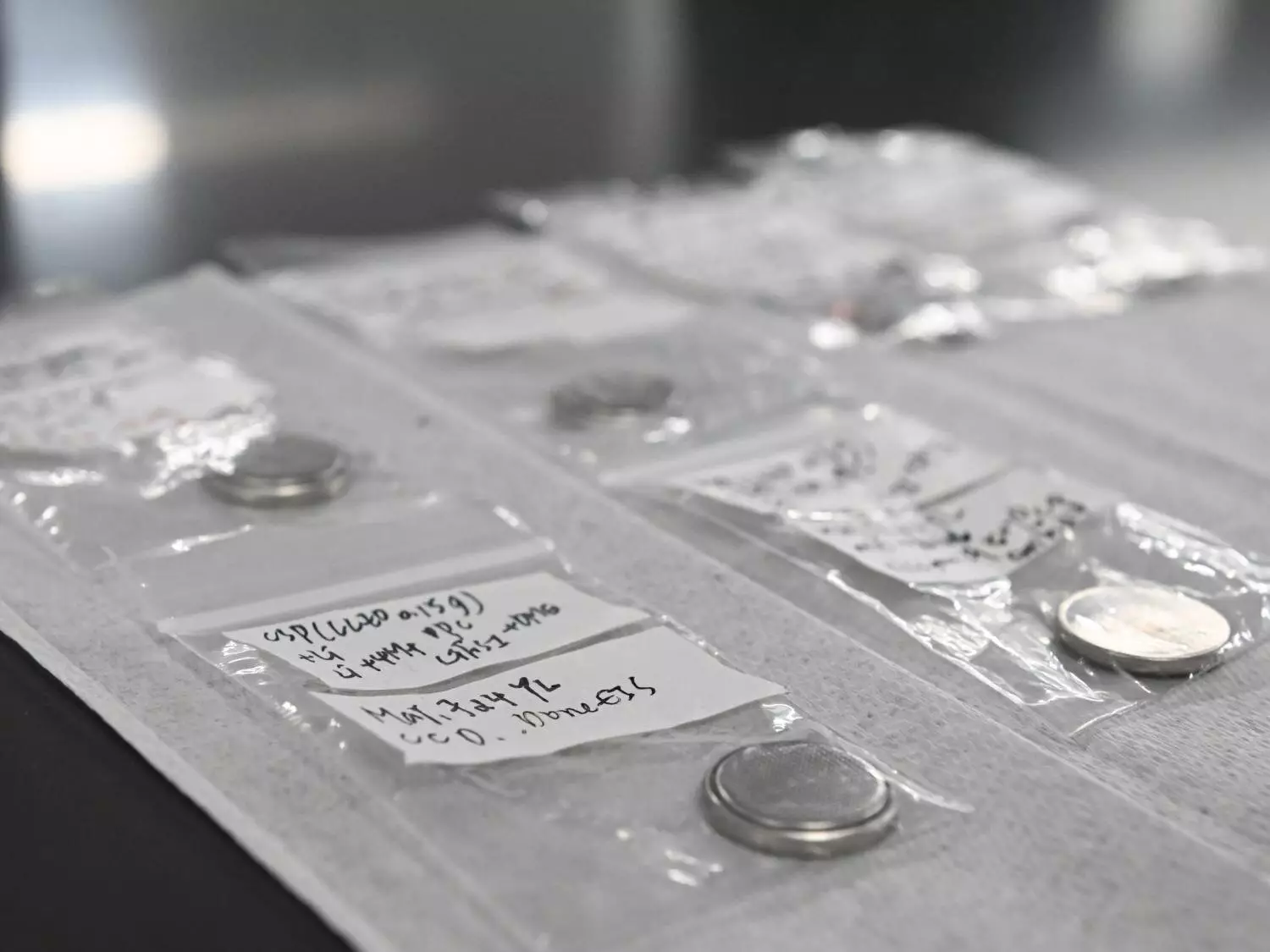Solid-state lithium batteries have been hailed as the future of energy storage, with the potential to revolutionize the way we power our electronic devices. These batteries offer enhanced energy density and safety features compared to traditional lithium-ion batteries, making them an attractive option for consumers. However, one major drawback of solid-state lithium batteries is their lack of environmental friendliness when it comes to recycling. Current methods focus on recovering only a limited amount of metals from the batteries, leaving the rest of the components to go to waste.
A team of researchers at Penn State, led by Enrique Gomez, has made significant strides in addressing this issue. By redesigning the structure of solid-state lithium batteries, the team has found a way to recycle all the components of the battery efficiently. In a recent publication in ACS Energy Letters, the researchers outlined their innovative approach to recycling solid-state batteries. This breakthrough could potentially revolutionize the way we recycle lithium batteries in the future.
One of the main challenges in recycling solid-state batteries is the mixing of core components during the recycling process, which results in a “black mass” that is difficult to separate. The use of solid electrolytes in these batteries compounds the problem, making it even more challenging to recover the valuable materials needed for new batteries. To address this issue, the Penn State researchers introduced two polymer layers at the interfaces between the electrode and the electrolyte before initiating the recycling process. This simple yet effective solution allowed for easy separation of the electrode and electrolyte components.
Recycling Process and Performance Testing
After successfully separating the components, the researchers used cold sintering to create a composite material with the recovered metals and electrodes. Cold sintering, a technique developed by a team at Penn State in 2016, allows for the combination of powder-based materials at low temperatures through applied pressure using solvents. This innovative process enabled the researchers to reconstruct the battery with the polymer layers added, making it fully recyclable.
Testing of the reconstructed battery showed that it achieved between 92.5% and 93.8% of its original discharge capacity, demonstrating the viability of the recycling process. While the commercialization of all-solid-state lithium batteries is still in its early stages, the work done by the Penn State team provides important insights for designing recyclable versions of these batteries. With this breakthrough in recycling technology, the future of solid-state lithium batteries looks brighter than ever.
The research conducted by the team at Penn State represents a significant step forward in the field of solid-state battery technology. By addressing the pressing issue of recycling, they have paved the way for a more sustainable and environmentally friendly approach to energy storage. As we continue to rely on rechargeable batteries for our everyday devices, innovations like these will be crucial in shaping a cleaner and greener future for the industry.


Leave a Reply